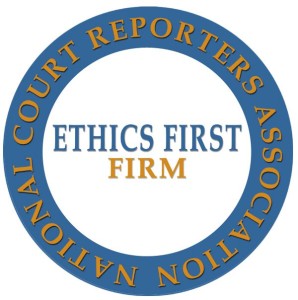Freedom of Information Acts Makes Court Records Nationally Available to the Public
One of the fundamental aspects of any court case is its ability to teach the public about law, accountability, and consequences. If all cases were tried behind closed doors, preventing others from gaining access to what was said or how they were prosecuted, legal models couldn’t be set, future lawyers couldn’t learn, and law itself wouldn’t be able to evolve.
Every exhausted law school student knows the importance of reading past trial records and memorizing past verdict precedents. However, if trials weren’t recorded and made public, then these learning opportunities and precedents couldn’t exist. Furthermore, the public wouldn’t be able to hold the legal system accountable as it wouldn’t have any idea what was going on. Reporters too, wouldn’t have access to trial information or legal interpretations. In short, without some ability to share information between courts and the public, there is no way to empower citizens to question or learn from the legal system.
Oh, and the Sixth Amendment’s guarantee of a public trial? Just a few words scribbled on a scrap of paper.
The Freedom of Information Act
The Freedom of Information Act (FOIA) was initially proposed in 1955 by John Moss, a Democratic congressman from California, in response to an alarming increase in government secrecy. Moss felt that the people of the country had a right to be informed of what the government and all branches of the government were doing at all times. This information could then be used by the people to checks government overreach.
Eleven years later, President Lyndon B. Johnson signed the FOIA Bill into law. However, it wasn’t until 1974—after the notorious Watergate scandal—that amendments strengthened the FOIA into an effective investigatory tool. Current amendments have broadened the Act to include the following:
- Accountability statutes. In 1976, both the Senate and the House of Representatives under President Gerald Ford introduced many new requirements and timeframes for distributing records, imposed consequences for wrongfully withholding information, and waived distribution and filing fees for journalists and public interest groups interested in accessing information.
- Electronic access to records. In 1996, President Bill Clinton signed an amendment to force agencies (including the federal judiciary) to make documents available in electronic formats to be digitally distributed to the public as requested. This amendment was monumental as it allowed faster and more convenient distribution of records.
- Civilian-reporter access to records. In 2007, President George W. Bush signed an amendment to allow bloggers and alternative journalists to access government records, naming them as members of the news media.
State FOIA Rules
In addition to providing federal mandates on government information access, the federal Freedom of Information Act allows each state to have its own specific rules. For instance, Virginia’s FOIA guarantees citizens of the Commonwealth and representatives of the media access to any written or recorded information that is prepared for or owned by a public body, its officers, employees, or agents. This information includes paper records such as a court transcripts, electronic files, audio or video recordings such as video transcripts or depositions, and many other documents. . All public records are presumed to be open, and may only be withheld if a specific statutory exemption applies.
Information Request
We’re interested to know how you feel about the FOIA and how its creation has helped or hindered your case pursuits. Has being able to access past trial records given you a professional edge? Or has it created unnecessary stress knowing that your performance can be viewed by anyone at any time?

